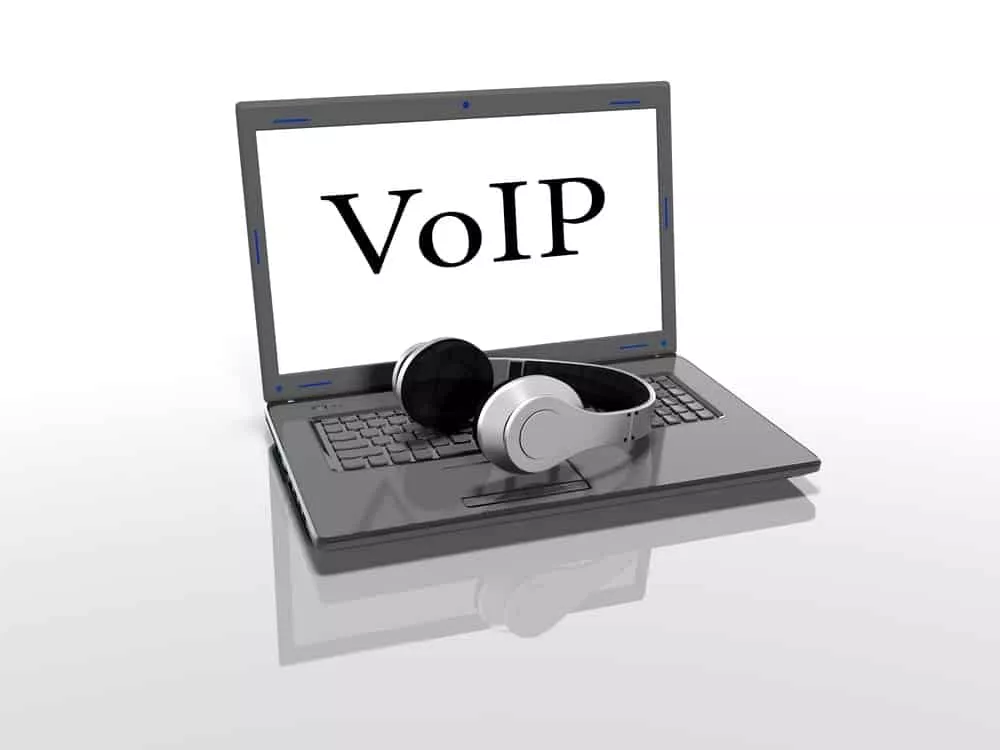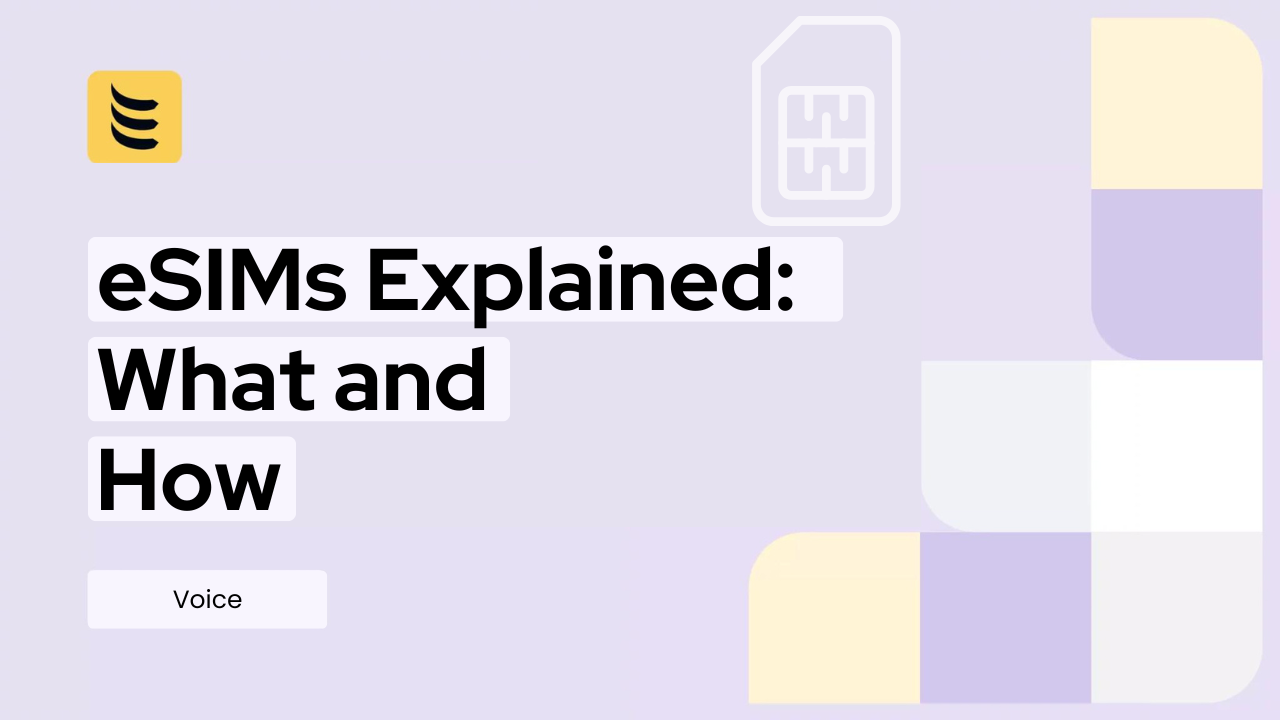VoIP has been one of the fastest growing areas in voice communication for some time. With major service providers now switching their networks over to VoIP from the older PSTN standards, this growth shows no signs of slowing down just yet.
Of course, VoIP has been around since the mid 1990s, but it has taken the rapid expansion of fast, fibre optic internet in the 21st century to make it a viable proposition for everyday use. The early VoIP systems used proprietary protocols, but as the popularity of the technology has spread, we’ve seen the growth of common standards to allow the exchange of information between networks.
Perhaps surprisingly there is no single unified VoIP protocol used across all systems. Instead, there are several standards deployed for a variety of reasons. Businesses and other organisations use protocols that are best suited to their needs, so if you are intending to make the move to VoIP, it’s important to understand something about these protocols, what they do and how they work.
Protocols used by business VoIP providers
Before we look at the protocols themselves, we need to understand a little about the bodies that set the standards in this area. The two key players are the Internet Engineering Task Force (IETF) and the International Telecommunication Union (ITU).
The IETF is a technical body made up of engineers who define many of the standards used on the internet – not just in VoIP – and which looks to spread greater understanding of their importance and how they work.
The ITU is more of a political body. It’s part of the United Nations and seeks to coordinate with governments and private enterprise to set and harmonise networks, standards and services around the world. It has been responsible for encouraging governments and trading blocks to cut mobile roaming charges, for example.
Now we know a bit about the organisations behind them, let’s take a closer look at the protocols themselves:
* H.248 – This is a recommendation stemming from the ITU and developed jointly with the IETF, it defines gateway control protocols. It’s also called ‘Megaco’ – we’ll come to that shortly. Basically, it ensures common standards for multimedia applications so that they can work across networks. First created in 2000, it has been regularly updated, the latest version created in 2013 being, H.248.1: Gateway control protocol: Version 3.
* H.323 – Another ITU recommendation, this one defines packet-based communication systems and sets a distributed architecture for multimedia applications, allowing them to work across VoIP networks for activities such as video conferencing.
* Megaco – As referred to above, this is also known as H.248 and – less catchily – as IETF RFC 2885. It is an implementation of MGCP (see below) and defines a centralised architecture for multimedia applications to ensure they can work together seamlessly. It allows for PSTN systems and packet networks to work together.
* MGCP – This stands for Media Gateway Control Protocol, also known as IETF RFC 2705. It too sets definitions for a centralised architecture for multimedia.
* RTP – This is Real-Time Transport Protocol, as defined by IETF RFC 1889. It is one of the most important VoIP protocols as it is the transport mechanism that carries VoIP communication, whether audio or mixed media. RTP is, therefore, the basis of all VoIP communication systems.
* SIP – Standing for Session Initiation Protocol, this is another key element underpinning many VoIP environments. Defined by IETF RFC 2543, it’s a signalling system that is used to start, maintain, modify and end real-time communication sessions. It can be used for voice, video, text messages and other types of communication.
Network architecture
One of the big plusses of VoIP is that although it needs protocols to work together, the architecture of the underlying network is less important. While early telecommunications systems had a highly centralised structure, wherein all of the processing was carried out at the exchange, modern packet networks mean this can happen anywhere.
VoIP can, therefore, work over a centralised network or a distributed one. That said, the type of network does influence the protocol uses, which is why multiple standards are likely to persist for the foreseeable future.
Most networks are not exclusive to VoIP and carry data traffic as well. This can lead to conflicting demands, so the planning and management of the network needs to be carefully considered. A typical VoIP network will need a number of elements including; signalling gateways, media gateways, switches, a network management system and a billing system.
All of these things need to communicate with each other and it’s important that there are no bottlenecks to hinder smooth operation. Service providers such as IDT analyse and monitor the performance of their networks to ensure that they continue to provide a top quality service.




